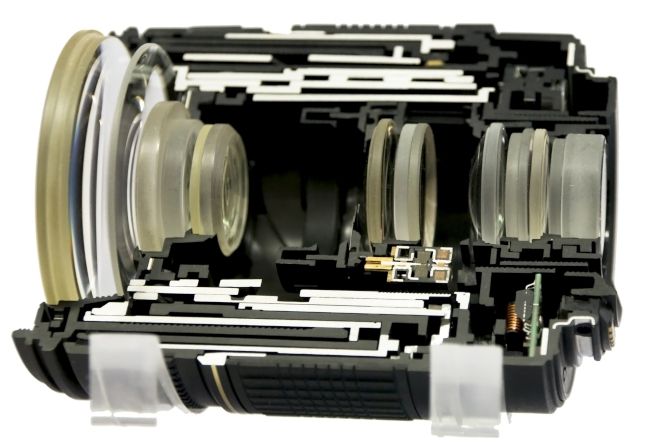If you regularly browse photography gear reviews, you've probably heard the phrase "focus breathing." But what exactly does that mean? Is it good or bad? Does it not matter at all? We'll explain just what focus breathing is, and how it works, here.
Focus Breathing Defined
Whether it's for an SLR, DSLR, or mirrorless, your camera lens has a focus ring. Rotate that ring to adjust the focus of your lens until the image is sharp through the viewfinder, and then you can take a shot. On some lenses, adjusting the focus ring can change the angle and magnification of your subject. This can make things appear closer to or farther away from you depending on whether they're in focus. Focus breathing, also called lens breathing, is that change in apparent focal length.
When this happens, it looks like the image you see through the viewfinder is "breathing," hence the name. Focus breathing can happen on a zoom lens or a prime lens (a lens with a fixed length, like 50mm), and will always cause an apparent decrease in focal length, not an increase. In other words, it will seem like you're viewing things at a slightly wider angle. Check out an example video uploaded by HDSLR35 Online Filmschool for a demonstration.
Put another way, it will look like your lens is zooming slightly in and out as you adjust focus, even if it's a fixed length. In most lenses, this change is so small that it doesn't make a difference to the final image, especially since it only takes place at close focusing distances. Certain lenses, however, can have significant issues with focus breathing that make them challenging to use.
Photographers won't notice lens breathing much unless they're trying to take several images at different focal points to stitch them together for a more detailed shot (a technique called focus stacking). Where it causes more of a problem is videography --- if the frame is constantly zooming when the focus changes, it distracts the viewer and takes them out of the narrative you're trying to create.
Why Lenses "Breathe"
Camera lenses each have multiple glass lenses inside them to direct and focus light. These glass pieces are built together in groups called lens elements or just "elements." This design makes it easier, faster, and quieter to focus a lens, particularly if it has an autofocus motor. It also means that the mechanism for focusing your lens is entirely inside the lens barrel.
Unless you're using a zoom lens, the outside part of the lens won't move when you adjust focus. Instead, some of the internal glass elements move while others remain stationary. The change in distance as this movement happens is what produces the lens breathing effect.
Manufacturers today make lenses that can mostly correct for this, so you'll notice very little focus breathing on many later models compared to their older counterparts.
How to Check a Lens For Focus Breathing
Checking that lens you're about to buy for excessive focus breathing is pretty simple if you have it in front of you. Just attach the lens to your camera, put your camera on a tripod, and adjust the focus ring from close focus to infinity. A very slight zoom effect is normal, but if you notice a lot of zooming in and out as you change focus, you may want to pick a different lens.
If you're looking at the specs online, look for the "maximum magnification" number. You might also see it written as "maximum reproduction ratio" or "reproduction ratio." The higher that number is, the less focus breathing the lens will have.
So is focus breathing something you should worry about? Not really. Modern lenses have focus breathing correction built in, and once you learn to compensate for it, you probably won't even notice it anymore.
For a lengthier and more technical breakdown of focus breathing, check out this article by Photography Life. If you're more of a visual person, this three-minute video by DPReview TV also does a great job covering the issue.


